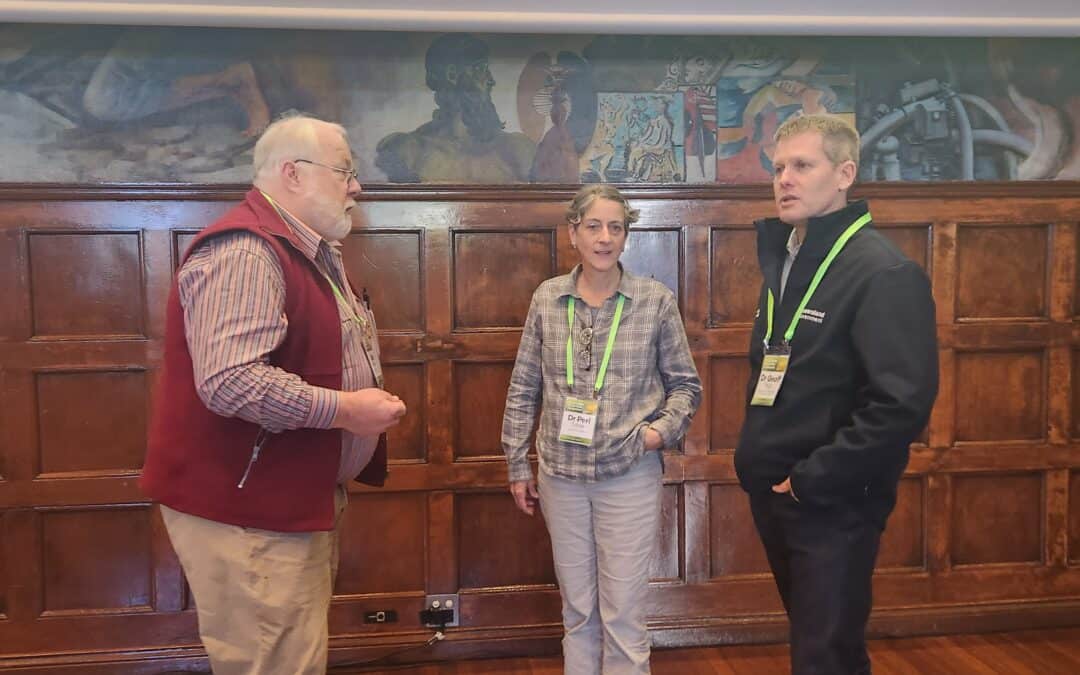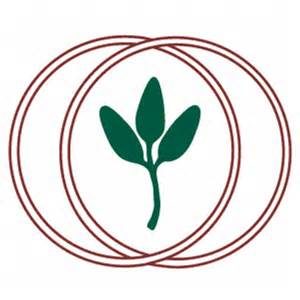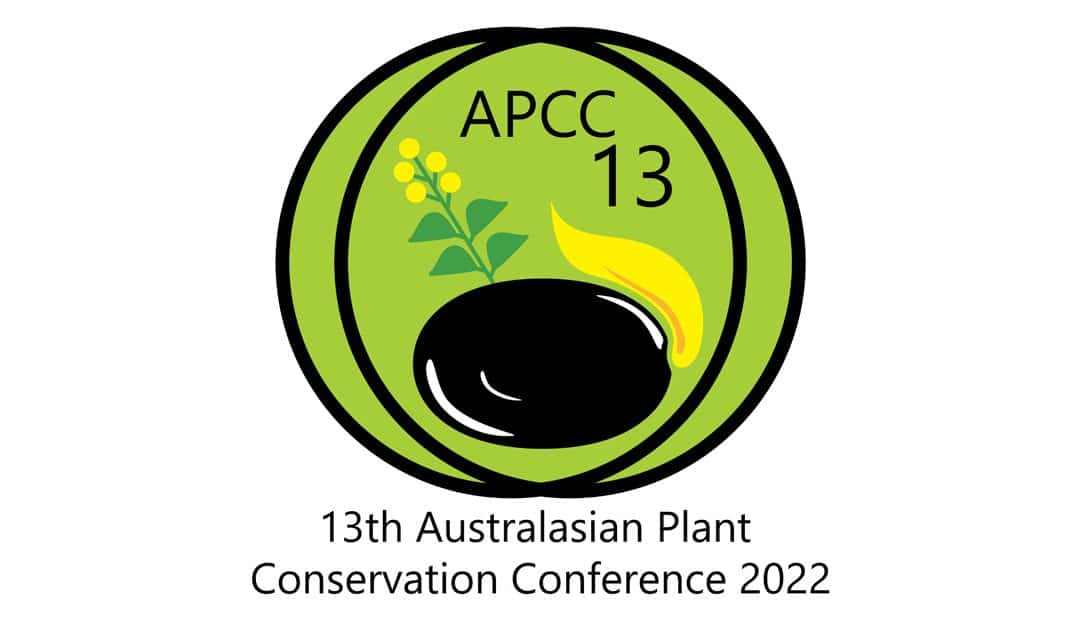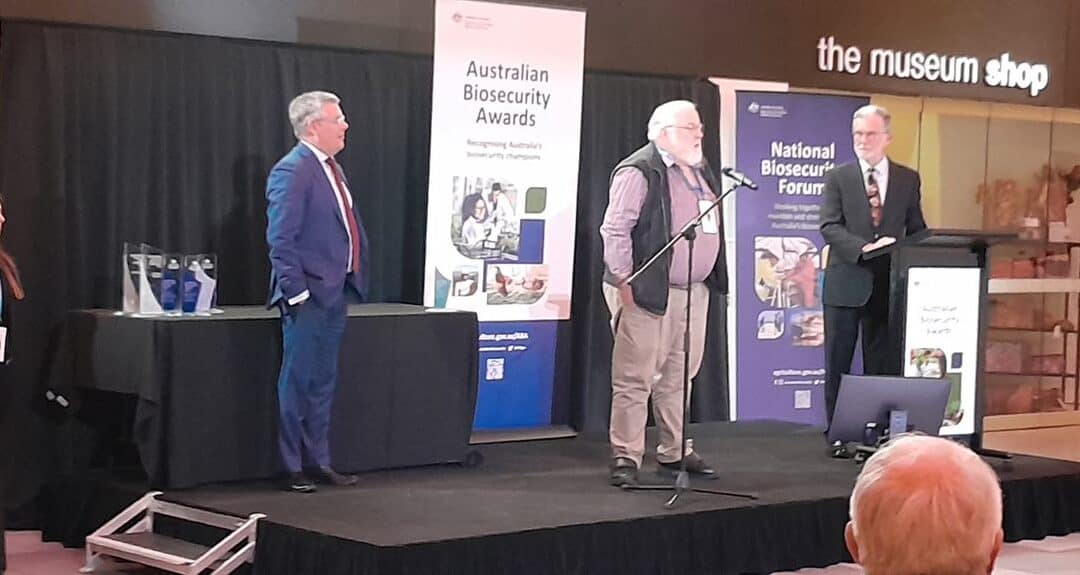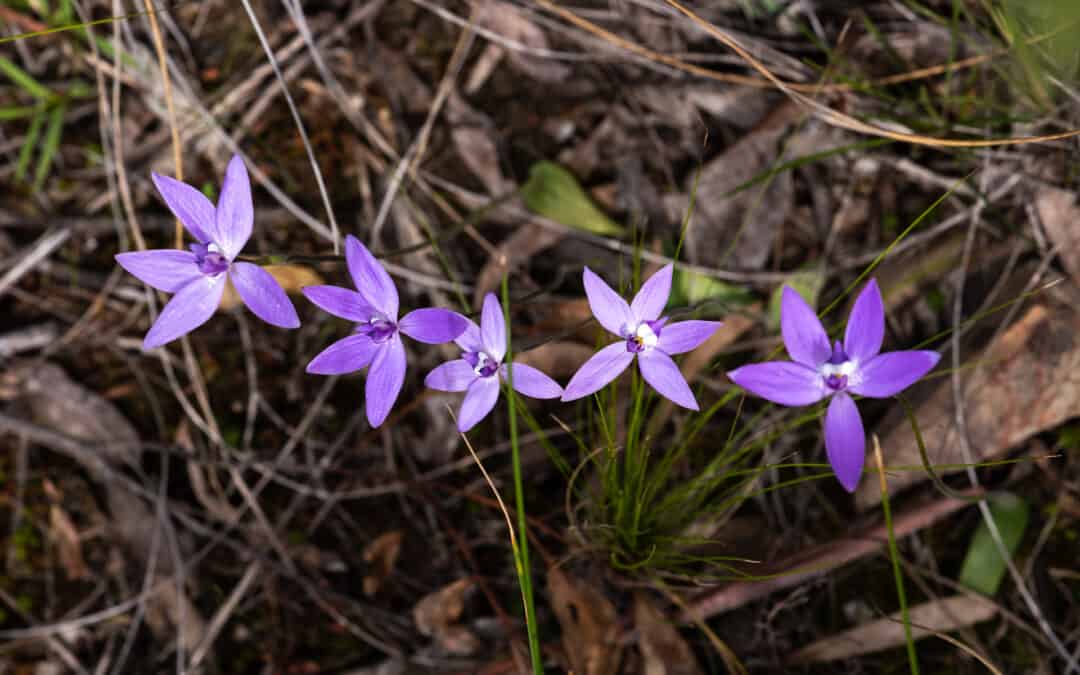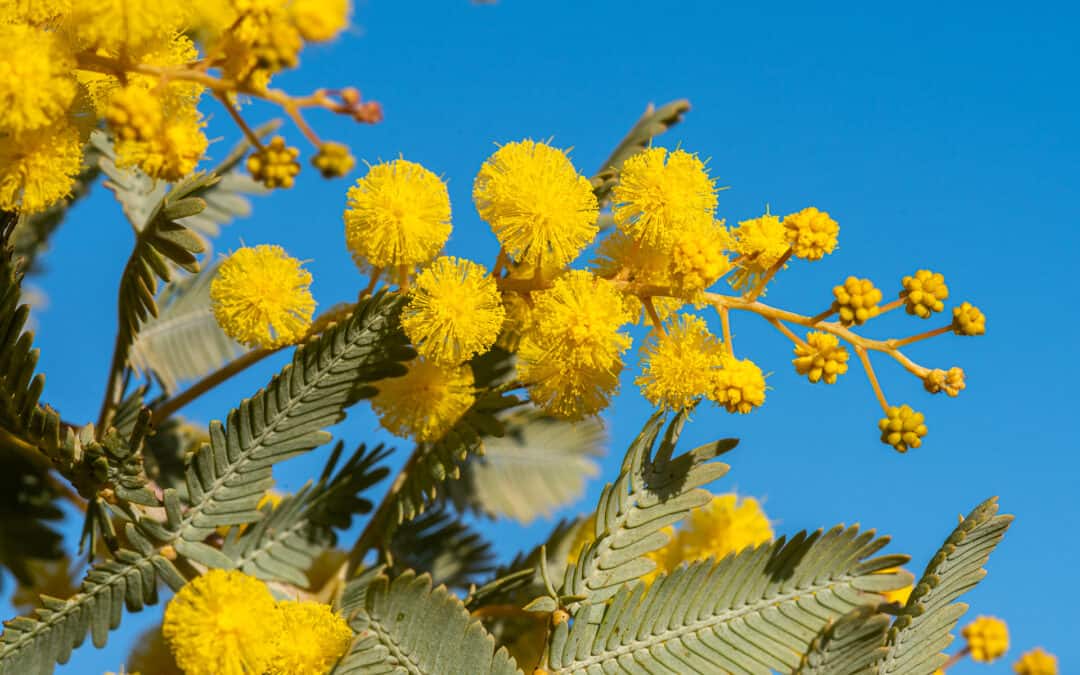
Jun 30, 2023 | News
More than 90 people, including many from New Zealand, gathered to discuss developments across the rapidly expanding field of Myrtle Rust research and conservation action. Indigenous representation and voice, from both Australia and New Zealand, was the highest of any Australian-based Myrtle Rust conference so far. The conference was followed by a two-day workshop on the screening potential for rust-tolerant genotypes in some of the most severely affected species, as a basis for reinforcing the declining populations. Conference attendee and guest speaker Dr Richard Sniezko (US Department of Agriculture Forest Service), who has a long history in breeding North American trees for disease resistance, has helped take this management option to a firmer level. Recordings from the conference will be available soon!
The next step is to produce a report on the outcomes and achievements of the Conference and workshop. This will help transfer awareness of current research and conservation practice between the countries and Australian states, and will feed into the Commonwealth’s development of a Threat Abatement Plan and parallel work in various states.
Image: Bob Makinson, ANPC Outreach Delegate and Myrtle Rust champion (left), with fellow rust warriors Peri Tobias from University of Sydney and Geoff Pegg from the Queensland Department of Agriculture and Fisheries, at the Australasian Myrtle Rust Conference last week in Sydney. Credit: Chantelle Doyle

May 2, 2023 | News
The recordings from our 13th Australasian Plant Conservation Conference are now available to everyone. We held this event online and in Albury NSW in April 2022 with the overarching theme ‘Seeds to recovery’. Delegates have had access to the recordings for the past 12 months and we are now sharing them on our YouTube channel.

May 2, 2023 | News
We’d love to congratulate Bob Makinson who has received a 2022 Australian Biosecurity Award in the Environmental Biosecurity Category.
Bob has been instrumental in galvanising attention and action for the introduced plant disease myrtle rust (Austropuccinia psidii). He has used his botanical and conservation expertise to raise awareness, and to secure support and funding across community groups, research institutions and governments at all levels. Click here to learn more about the incredible contribution Bob has made and watch a video on his work. Congratulations Bob!
Bob accepting the award, on the right is the MC, Richard Morecroft and on the left is the Minister for Agriculture, Fisheries and Forestry, Senator the Hon. Murray Watt who presented the award (Jo Lynch).

Jun 1, 2023 | News
The 15-21 May was National Volunteer Week. We’d like to give a huge shout out to everyone who volunteers for the ANPC! From helping in the office to providing expert advice at our committee meetings, thank you to all our volunteers this National Volunteer Week and every other week you generously donate your time. Photo by Christine Fernance

May 31, 2023 | News
The Australian Network for Plant Conservation is looking for an enthusiastic person with excellent communication skills and a demonstrated interest in plants and the environment, to fill our Communications Manager position. You will work closely with our Business Manager at the ANPC’s national office in the beautiful Australian National Botanic Gardens in Canberra. This is a part-time position (21hrs per week) for a period of 12 months, with possibility of extension depending on funding. Extensive experience in communications management including social media, electronic newsletters, website maintenance and journals is essential. You will also assist with events such as workshops, symposiums and conferences, both in-person and online. Qualifications in biological science and/or science communication are desirable.
Please download the Position Description for more information including how to apply. Applications close 5pm Friday 16 June 2023.
